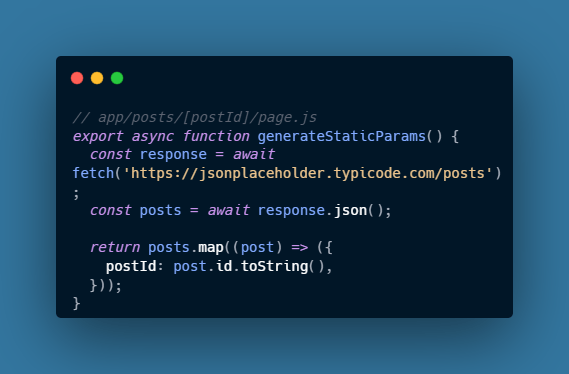What is the difference between Wi-Fi and WLAN?
Wi-Fi and WLAN are terms that are often used interchangeably, but they have different meanings and applications.
In this article, we will explore the difference between Wi-Fi and WLAN, understanding their technical and practical aspects.
Table of Contents
What is Wi-Fi and How it Works?
Wi-Fi, short for Wireless Fidelity, is a wireless networking technology that allows devices to connect to the internet without the need for physical cables.
It operates using radio waves to transmit data between devices and a wireless router. The router acts as a central hub, facilitating the communication between the connected devices and providing access to the internet.
What is WLAN and How it Works?
WLAN, which stands for Wireless Local Area Network, is a type of wireless network that enables devices to communicate with each other within a limited area.
Unlike Wi-Fi, which primarily focuses on internet connectivity, WLAN is designed to create a local network environment. It allows devices to share files, printers, and other resources without relying on an internet connection.
Wi-Fi vs. WLAN: Technical Differences:
There are several technical differences between Wi-Fi and WLAN. Firstly, Wi-Fi operates within specific frequency ranges, such as 2.4 GHz or 5 GHz, and offers higher bandwidth for internet access.
On the other hand, WLAN uses various wireless communication technologies, including Wi-Fi, to establish local network connections.
In terms of coverage area, Wi-Fi typically covers a broader range, allowing devices to connect to the internet over a larger physical area.
In contrast, WLAN has a limited coverage area and is often used within homes, offices, or public spaces where devices need to communicate with each other in close proximity.
Another key difference lies in the network infrastructure. Wi-Fi relies on a centralized wireless router or access point to connect devices to the internet.
In contrast, WLAN can operate without a central hub, allowing devices to directly communicate with each other in an ad-hoc manner.
When it comes to speed and performance, Wi-Fi generally provides faster data transfer rates, making it suitable for bandwidth-intensive activities like streaming and online gaming.
WLAN, on the other hand, may have slower speeds but is more than sufficient for everyday tasks like file sharing and web browsing.
Wi-Fi vs. WLAN: Practical Differences:
In practical terms, Wi-Fi and WLAN have distinct use cases. Wi-Fi is commonly used in settings where internet connectivity is crucial, such as homes, cafés, airports, and hotels.
It enables devices to connect to the internet wirelessly, providing access to online resources and services.
WLAN, on the other hand, is ideal for local networking requirements. It allows devices within a limited area to communicate and share resources, such as printers or files, without relying on an internet connection.
WLAN is often used in offices, schools, or homes to facilitate collaboration and file sharing between devices.
In terms of mobility, Wi-Fi offers more flexibility, as devices can connect to the internet from anywhere within the coverage area.
WLAN, although limited in range, provides seamless connectivity within its designated area, making it suitable for specific settings where devices need to communicate with each other.
Security is another aspect where Wi-Fi and WLAN differ. Wi-Fi networks often have built-in security protocols, such as WPA2 or WPA3, to protect against unauthorized access.
WLAN, being a local network, may have fewer security measures in place, as its primary purpose is to facilitate device communication within a trusted environment.
Deployment and setup also vary between Wi-Fi and WLAN. Wi-Fi networks require a wireless router or access point to be set up, along with the necessary configuration for internet connectivity.
In contrast, WLAN can be established without a central hub, making it relatively simpler to deploy within a limited area.
Conclusion
In conclusion, while Wi-Fi and WLAN are both wireless networking technologies, they have distinct purposes and applications.
Wi-Fi primarily focuses on providing internet connectivity over a larger area, while WLAN creates a local network environment for device communication.
FAQs
- Can I use Wi-Fi without WLAN? Yes, Wi-Fi can be used without WLAN. Wi-Fi primarily focuses on providing internet connectivity, whereas WLAN is specifically designed for local network communication.
- Is WLAN faster than Wi-Fi? In terms of internet access speed, Wi-Fi generally provides faster data transfer rates. However, for local network communication, WLAN is sufficient for everyday tasks.
- Are Wi-Fi and WLAN the same thing? No, Wi-Fi and WLAN are not the same thing. Wi-Fi refers to the technology used for wireless internet access, while WLAN encompasses various wireless communication technologies for local network connections.
- Can I have a WLAN without Wi-Fi? Yes, WLAN can exist without Wi-Fi. WLAN is a broader term that includes various wireless communication technologies, of which Wi-Fi is just one option.
- Which is more secure, Wi-Fi or WLAN? Wi-Fi networks often have stronger security measures in place, such as encryption protocols, to protect against unauthorized access. WLAN, being a local network, may have fewer security measures, so additional precautions may be necessary to secure the network.





